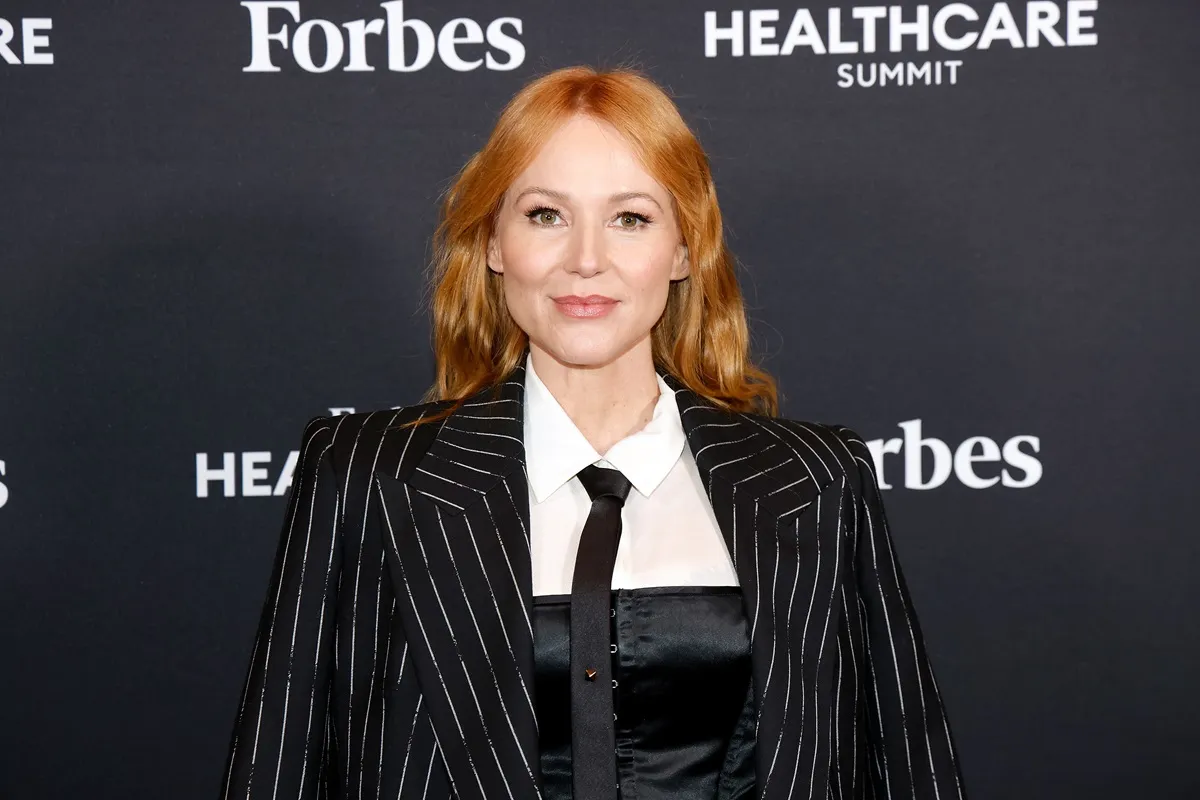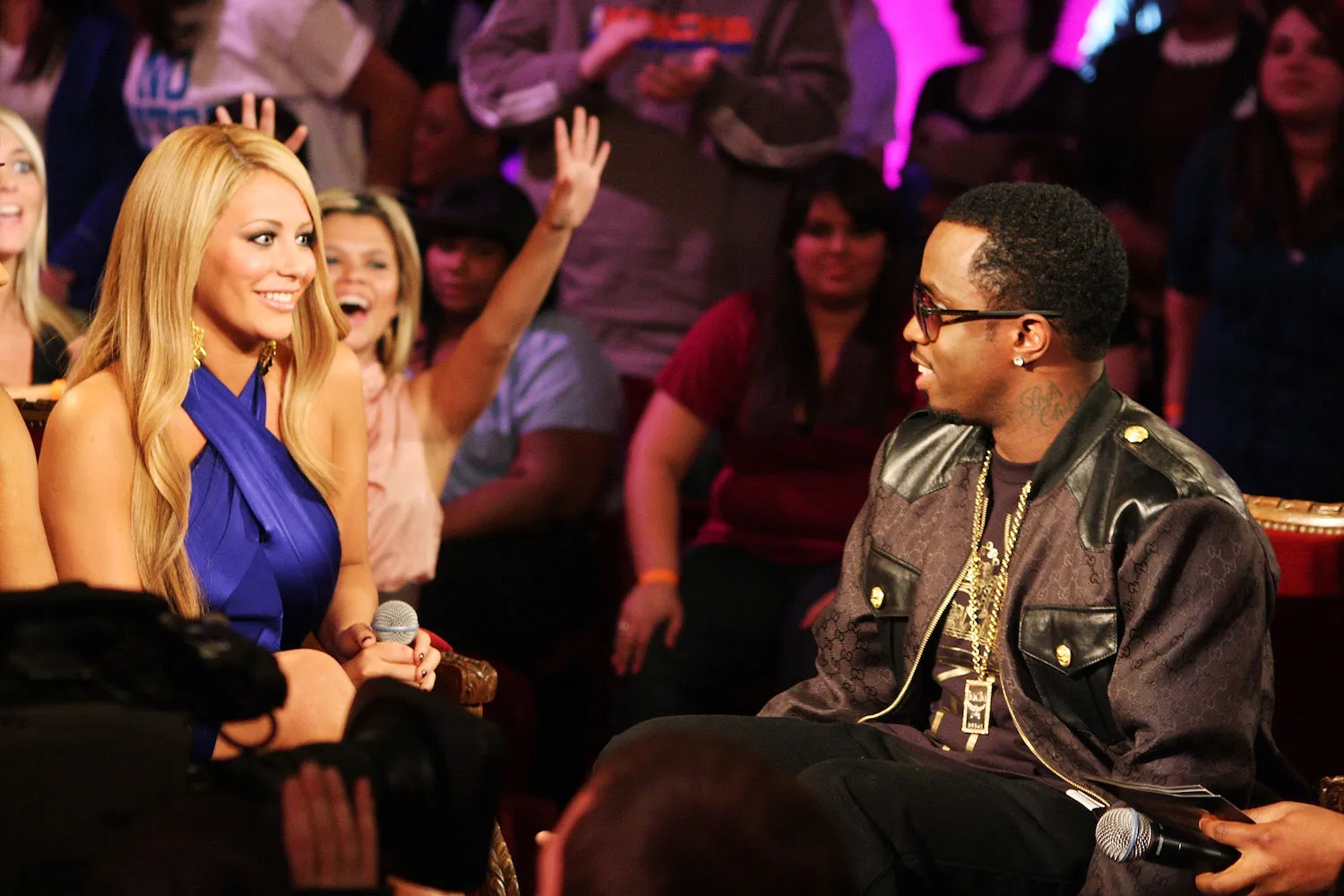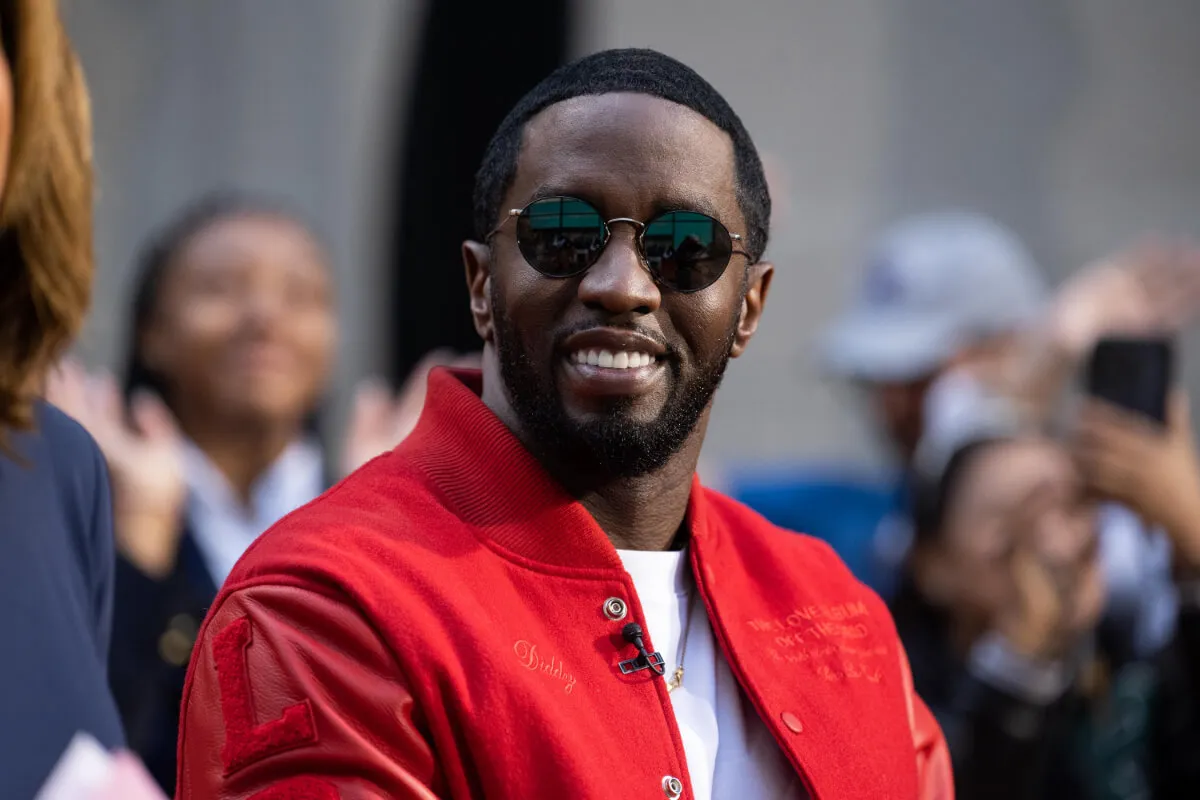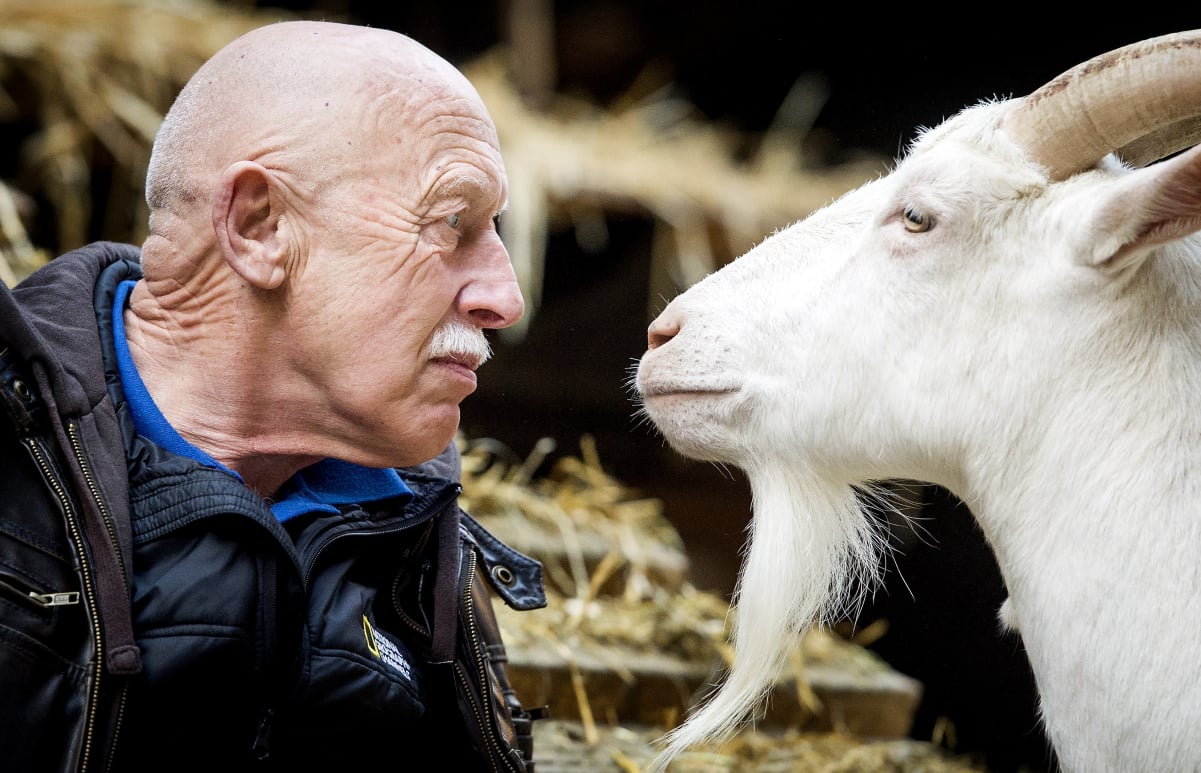
‘The Incredible Dr. Pol’: How Dr. Jan Pol Learned to Be a ‘Hands-On Veterinarian, an Old-Style Vet’
For The Incredible Dr. Pol star Dr. Jan Pol, being a veterinarian has practically been second nature to him. Born into a farming family, the Netherlands-born doctor has been around animals his entire life.
While Pol admits the field’s newer technologies and advancements serve their purpose, he’s learned in his decades as a vet to depend on his instincts as an “old-style” professional.
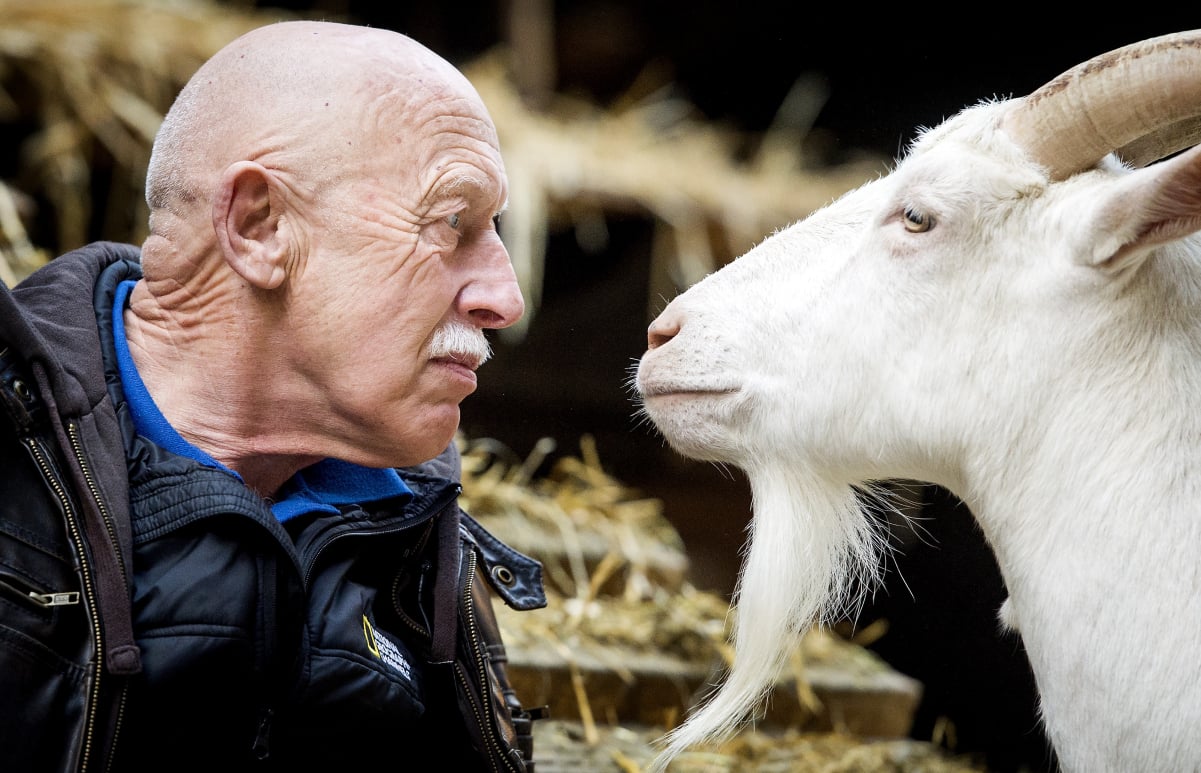
Dr. Pol grew up in the Netherlands
Dr. Pol was raised on a dairy farm in the Netherlands, where he was responsible for many of the animals – cows, chickens, goats. Even at his young age, under 10, Dr. Pol was expected to do his part on the busy farm.
“I was the youngest of six raised on a dairy farm in the Netherlands, so, yes, I would have liked to become a farmer,” Pol told Hollywood Soapbox. “But there’s not enough land in the Netherlands. And when my brother needed help, actually the veterinarian picked me up to deliver piglets at my brother’s place. That was a lot of fun. Then I said, ‘Well, if not a dairy farmer, I’ll be working with large animals.’”
How Dr. Pol learned to be an old-style vet
An incident at veterinary school in the 1960s demonstrating the adage of “trust your gut” remained with Dr. Pol, so much that it made it into his memoir Never Turn Your Back on an Angus Cow.
A farmer had brought his cow into the school, complaining that the animal would neither eat nor produce manure. It had a fever and it was obvious the cow was “in some pain.”
At the same time, Pol wrote, “We had a brand-new X-ray machine at the college. Our professors were proud of this because it allowed us to see what was going on inside the animal.”
The machine showed no foreign objects inside the cow. “So then we examined this cow again. Same thing: elevated temperature, stomach’s not working, pain.” While Pol and his fellow veterinary students were sure the cow had swallowed some kind of metal object, the newfangled X-ray machine was not in agreement.
Eventually, the cow died, was opened up and found to have swallowed something the machine didn’t see: “a broom bristle six inches long. That cow had swallowed it and it had punctured the stomach wall and was going into the heart and it had killed the cow.”
Pol added that the moment was a defining one for him, punctuating the importance of learning “how to be a hands-on veterinarian, an old-style vet. I use all the wonderful machines we have and I pay attention to what the animal’s owner tells me, but mostly I look at the animal; I put my hands on the animal and I listen to what that animal is telling me.
“If we had listened to what that cow was telling us — Hey, I got some hardware inside my stomach — we would have done surgery, opened up the stomach, taken out the broom bristle, closed up the stomach, and given her some antibiotics, and she would have been fine.”
The veterinarian received his degree in his homeland
Dr. Pol explained in his book that he received his veterinary degree at Utrecht University in the city of Utrecht in the Netherlands.
“Utrecht University’s School of Veterinary Medicine is the only vet school in the Netherlands,” Dr. Pol wrote. “It’s a six- or seven-year course that emphasizes what are known as large animals, basically farm animals. The emphasis in all of our courses was on keeping livestock healthy and productive so farmers could make money. The school was very difficult.”
Dr. Pol explained that college was free to anyone living in that country, but that didn’t mean staying in college was easy for students.
“In the Netherlands, if you graduated high school you were entitled to go to college,” he said. “We paid only room and board; there was no tuition. But because of that system, they made the school very, very hard to weed out people. On my first day, there were three hundred new vet students sitting more than one to a seat in the classroom built for one hundred people. By the second year, more than half of them were gone. Of the dozen friends I started with, only two of us made it into a regular animal practice.”
